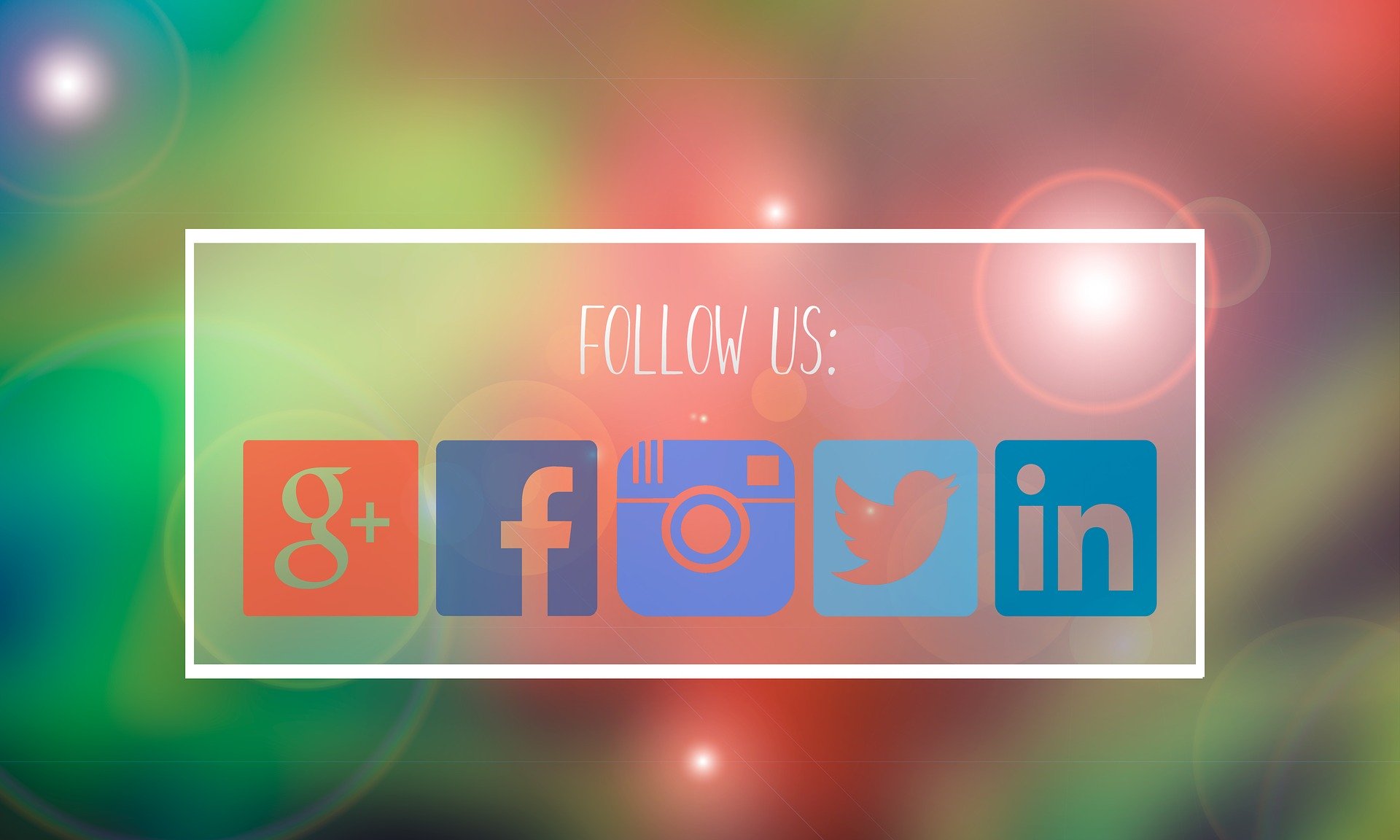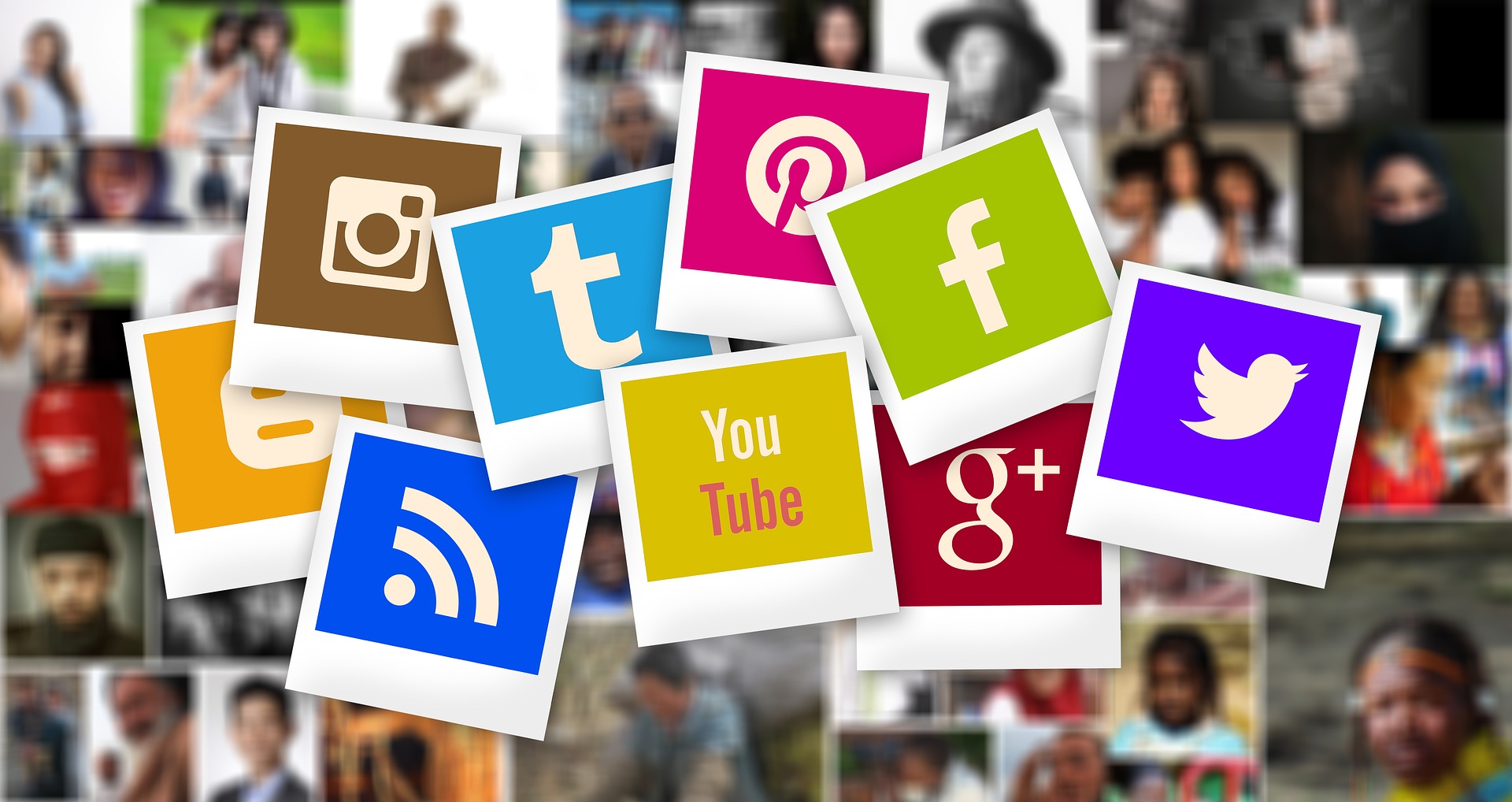The results are in: When looking for a unique angle to promote a client, sometimes it helps to ask for the public’s opinion. Including an omnibus-style survey, social media poll, or even a petition with a slight political bent in your campaign can significantly change the story angle, as well as help the news spread like wildfire. However, each platform requires a little technique. Here are some tips for getting the public to work for you:
Try an online survey. Asking provocative questions via online survey is an easy and affordable way to get a quick sample of public opinion. By asking the right questions, you may be able to put a fresh spin on an over-exposed topic. You might only need one strong question to get the compelling results you need to move the media.
Read the fine print. Nothing’s worse than having great survey results that don’t meet an outlet’s criteria for publication. As easy as online surveys are to conduct, often times, the methodology employed by omnibus polling companies isn’t strict enough for consideration by major outlets. Do your due diligence and make sure you’re not limiting your client’s news by using a survey that isn’t up to par.
Set your budget. Petitions and polls are another creative option for your client to engage with the public. Depending on how large you want your soapbox to be, it may pay to spring for a third-party app to use on social media sites. There are apps for all price points and varying degrees of visibility. Care2, a popular petition website, allows for free and paid petitions to help promote your cause. If you have access to a large budget, Wildfire by Google is another company that provides high-quality content for use on Facebook, creating campaigns from start to finish.
Have a preparedness plan. When you open a public forum, especially one like a petition, be sure to have a plan in place if public opinion takes an unexpected turn or if your petition is lacking respondents. These developments can impact the media’s interest in your campaign and having a contingency plan in place can help move attention from negative to positive.
Overall, adding a survey, poll or petition to a campaign is an interesting way to add depth to a PR plan. Not only does it allow the company to hear valuable public opinion about their industry and company specifically, but it allows them to speak to different media audiences. When looking to break from the routine press release, consider adding one of these tools! Have you used something similar recently? Tell us about it in the comments.









